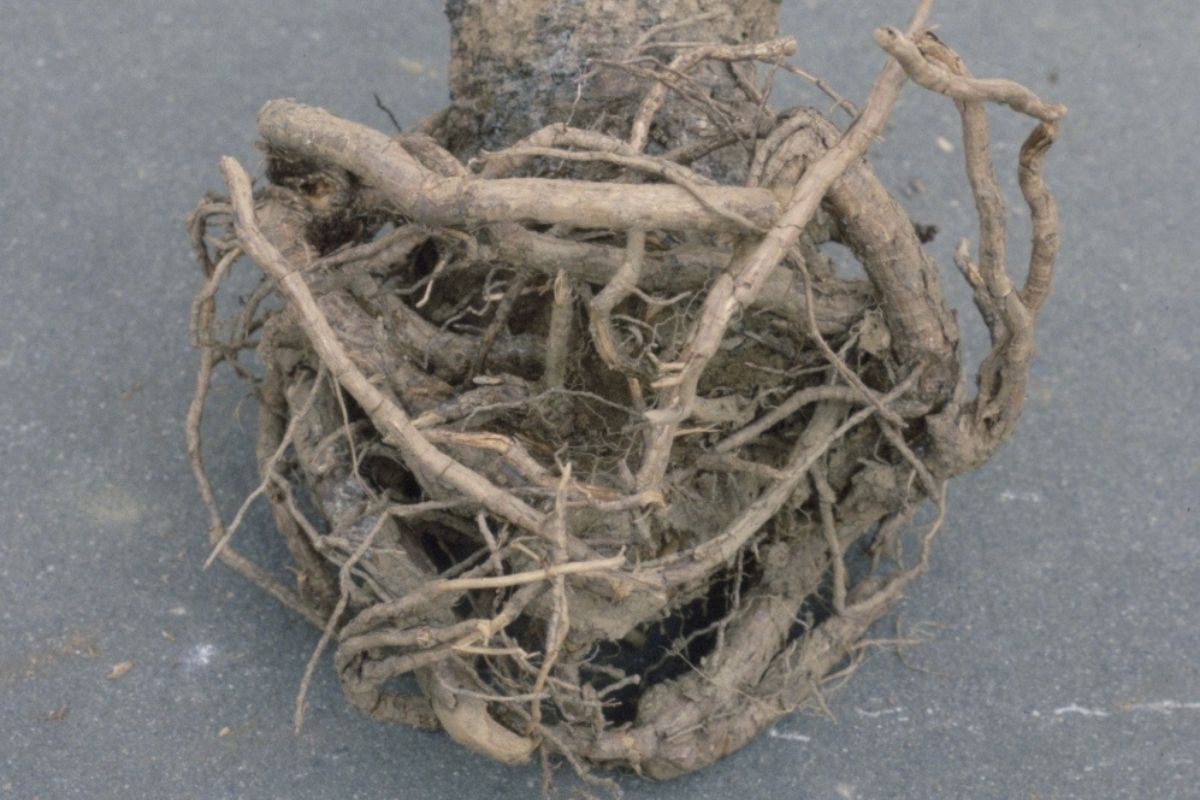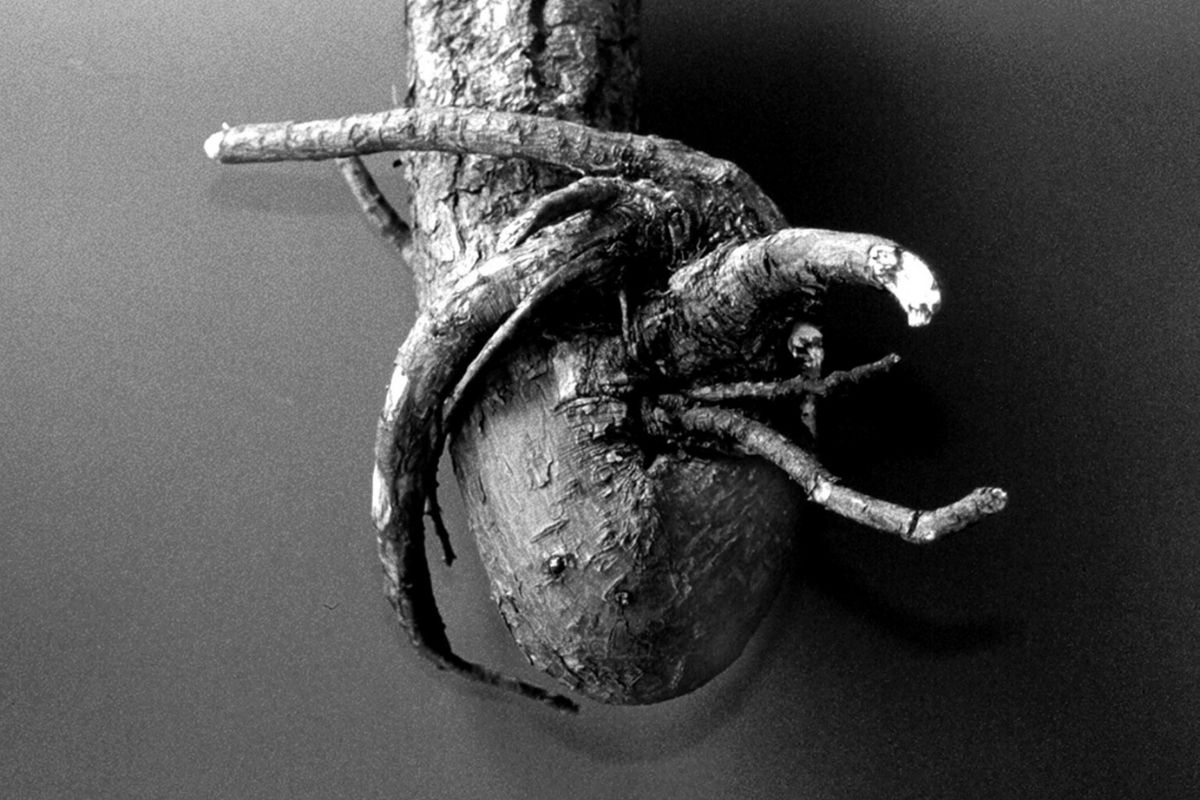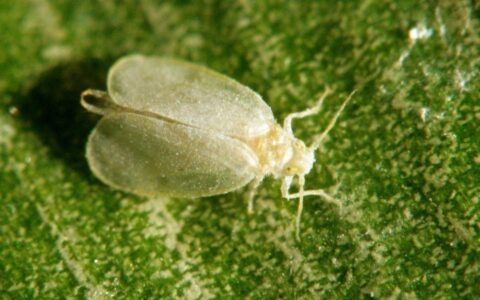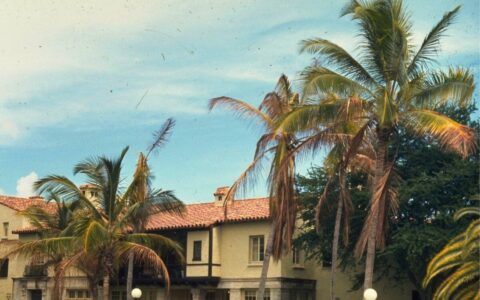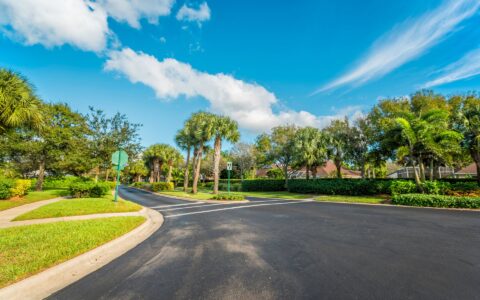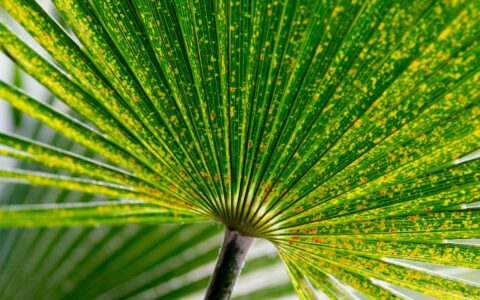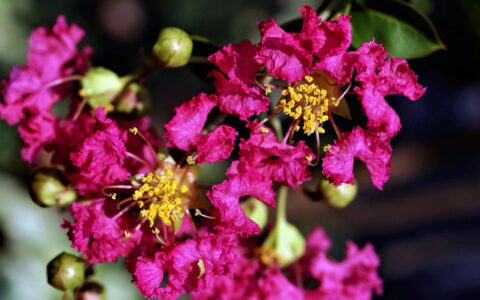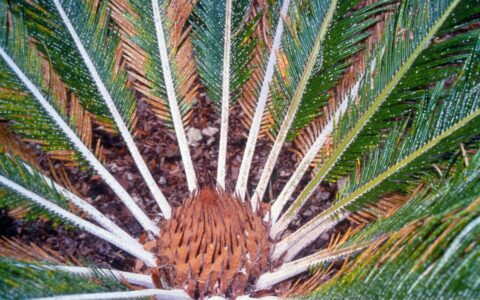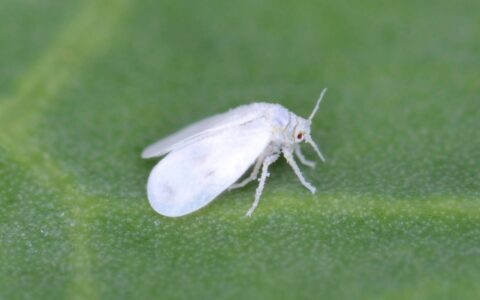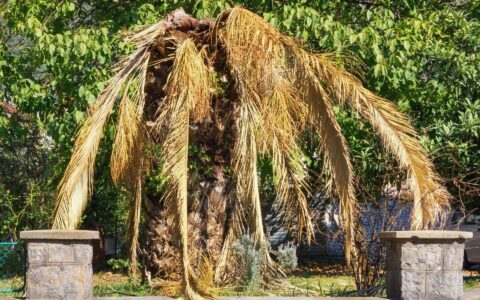Have you ever planted a tree only to find that it never really thrives, even though you’ve properly watered, fertilized, and protected it? The problem could be something that you never even see – girdling roots.
About Girdling Roots
We see a lot of root problems in many tree species planted throughout South Florida. When we’re called in to examine recently planted trees that are dying or looking unhealthy, we often find that the problem started before the tree was even planted. Girdling roots weren’t corrected before planting and are slowly strangling the tree.
Thankfully, it’s a problem that can be easily fixed before a tree is planted!
In this article, you’ll learn:
- what girdling roots are,
- why they can kill your tree,
- how to identify girdling roots in a containerized or balled-and-burlapped tree, and
- what to do with tree roots before planting to ensure that your newly planted tree has a long, healthy life.
What are girdling roots?
Girdling roots are tree roots that have gone astray while growing. Tree roots normally grow laterally (outwards) from a tree’s trunk flare or base. From there, they grow downward into the soil where root hairs seek out water and nutrients to take up for the tree to use.
But when tree root girdling happens, roots grow in a circle around a tree’s trunk. Instead of growing “out and down” like healthy tree roots, girdled roots surround and slowly strangle the tree at its base.
Why are girdling roots a problem?
When you plant a new tree that has girdled roots or develops them after planting, you’ll notice symptoms that you might attribute to water stress or lack of soil nutrients.
Girdled trees may show:
- Slow leaf growth in spring, or early leaf drop
- Chlorotic (yellowing) or undersized leaves or needles
- Frequent pest or disease problems
- Leaf, twig, and branch dieback
- A leaning trunk
Over time, the tree declines and eventually dies.
Because girdling roots are usually below ground, most people never make the connection between the symptoms above ground and what’s going on below.
What causes root girdling?
Trees in forests and woodlands generally develop stable, healthy root systems. But when we put trees in containers or plant trees in harsh urban settings, we can create conditions where girdling roots will develop.
Trees develop girdling roots for several reasons, including:
- poor growing conditions
- undersized planting areas
- careless planting and transplanting.
Improper transplanting is the most common reason for root girdling. This can start as early as when a nursery first plants a young tree in a standard nursery container.
Why do girdling roots develop in container-grown trees?
When you plant a tree in a nursery container or a pot, it has a limited amount of room for its roots to grow in. If you leave a tree in a pot that’s too small, its roots will circle around in the pot because there’s no room for them to expand out or down.
Instead, as a tree develops, you should transplant it into larger and larger containers. This will give its roots space to grow along with the branches and leaves in the tree’s crown.
Do roots girdle in balled-and-burlapped trees?
While container-grown trees are the most likely to develop girdling roots because of the limited space in the pot, b&b (balled and burlapped) trees can develop girdled roots too.
Girdling will occur in b&b trees when the rootball stays too long in its wrapping. Burlap itself has a loose weave and allows air and water to pass through it. But when it’s wrapped securely around an excavated root ball for too long, roots will start to grow in circles.
What kind of nursery trees are most likely to have girdling roots?
Whether your new trees come wrapped or containerized, they can have girdled roots. And while any tree can develop girdling roots, some species are more prone to root girdling. These include:
- Norway Maple, Acer platanoides
- Sugar Maple, Acer saccharum
- White Pine, Pinus strobus
- Bradford Pear, Pyrus calleryana
- Prunus species such as cherry and crabapple
Thankfully, neither of these maples grow in South Florida, and Bradford pear is an invasive tree that’s not recommended. We see a few white pines planted in our area but they’re commonly found in northern states.
Still, it’s important to remember that ANY nursery tree can have girdled roots. Choosing a tree species that isn’t on a list of trees most likely to develop girdling roots isn’t a guarantee!
Can girdling roots happen after transplanting?
The threat of girdling roots doesn’t end after you buy a healthy tree; it can still develop girdled roots after transplanting.
This happens when people plant trees in a space that’s too small, such as an undersized tree pit along a city sidewalk, in a large container, or near a building’s foundation. If the tree is “stuffed” into the small hole or planting area, its rootball and its roots may become twisted and circle back around the trunk.
Heavily compacted soil and concrete foundations or curbs next to the tree can also cause girdling. These create solid barriers that tree roots can’t grow through, and those roots circle back toward the tree’s trunk.
> See why it’s important to plant the right tree in the right place.
When will I see tree problems from girdling roots?
It may take some time for a newly planted tree to show symptoms of root girdling. The tree may keep growing after transplanting even as roots start to strangle it.
But within a few years of transplanting, your tree will likely be undersized and easily water-stressed from the squeezing and compression of the tree’s trunk by strangling roots.
If its girdling roots aren’t fixed, your tree may grow for several years more but will decline and die before it reaches maturity.
How can I identify girdling roots?
All it takes is some practice, and you’ll be able to assess a tree’s roots. Here are some tips:
Bare Root Trees
If you’re planting a bare root tree, it’s easy to check the root system for circling and kinking roots. Most bare-root trees come packaged in sawdust or wood chips, which you remove before planting. You’ll be able to spot any problem roots after washing off the sawdust.
Container-grown trees
You can lay down a young tree in a nursery container and slip off the pot to check the tree’s root system. You can expect to see some circling roots, but they should be young and flexible.
Look for larger, woody roots around the base of the tree; these are the ones to be concerned about. You may need to excavate a little to find them; carefully dig out soil or wash it off to expose the roots.
B&B Trees
For a balled and burlapped tree, unwrap the rootball and check for healthy roots. As with a container-grown tree, you may need to wash off or dig out some soil to find kinked or circling roots.
How do I fix a tree’s girdling roots before planting it?
When roots are soft and young you can untangle them fairly easily. However, as roots get larger and woodier, they become inflexible and “fixed” in their locations. Roots that are growing in circles will continue to circle instead of growing out and down, even if they’re given enough room. That’s why it’s so important to identify and fix root problems before you plant a new tree.
If you find woody girdled roots in a new tree, cut them off before planting the tree. It’s easy to prune roots, but you need to know what you’re doing.
If you’re not sure where or how to prune a large, circling root, let a certified arborist do it. Arborists know how to “read” trees, including their root systems. And to maintain tree health, an arborist will prune carefully and minimally.
Don’t cut anything besides roots!
Some people think that when you plant a tree, you should also cut back its branches to stimulate growth. Don’t do this!
Why?
It’s bad for the tree. A newly planted tree is already in “transplant shock” after you transplant it, and it needs time to recover.
Cutting back branches adds extra stress to a tree. Not only are you removing leaves that produce the tree’s food energy, but you’re also forcing them to use its limited energy to seal over the pruning cut. It’s best to leave the tree’s crown as it is, at least the first year. Your new tree will thank you.
What if I’ve already planted a tree and it has girdled roots?
Call a certified arborist! An arborist will check for girdling roots by excavating soil around your tree to expose its trunk flare and roots.
An arborist may use an air spade to clear soil away from the tree’s roots. While an air spade may look like it’s hurting a tree, it’s much more precise than digging. An air spade blows soil out of the way but won’t sever any roots the way digging will.
Will my tree survive girdling roots?
With professional tree care, chances are good your tree will recover. Removing girdled roots and keeping your tree’s trunk flare exposed are two keys to long-term tree health.
However, if the problem isn’t corrected, your tree will look generally unhealthy and is unlikely to survive over the long term.
Why it’s important to hire an arborist to repair girdling roots
Roots are a tree’s lifeline. It’s crucial that a tree doesn’t lose so many that it can’t take up enough water and nutrients to remain healthy. To prevent this, an arborist may prune your tree’s large roots over time, in stages.
NOTE: After root pruning, you may see some twig and branch dieback. This is normal, as a tree adjusts the volume of twigs, branches, and foliage it can support with its reduced root system.
We Can Help
The arborists at Sherlock Tree are experienced at selecting quality nursery stock, identifying and correcting any root problems, and properly installing new trees. And if problems occur after planting, we’re here to solve them. Our goal is to ensure your trees are healthy from the start.
Call Sherlock for quality tree services
Whether you're looking for specific tree care services, such as palm trimming, tree removal, or disease treatments, or would like one of our Arborists to examine your trees to identify any issues and recommend options, we're always here for you! Just give us a call at 954-788-4000 to set up an appointment.
SEE MORE ARTICLES
Looking for more?
We've got you covered with a monthly newsletter full of tips, resources, updates, how-to's, and other helpful information about trees and landscapes in South Florida!

